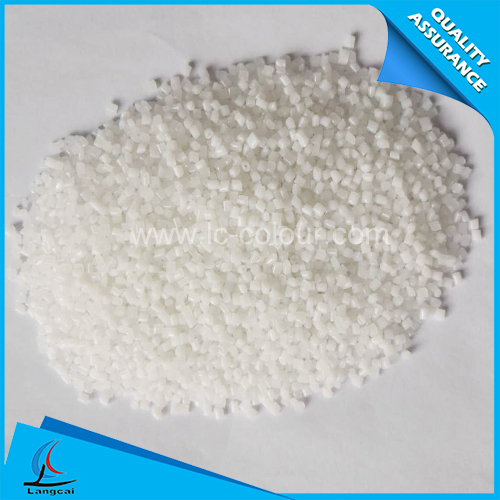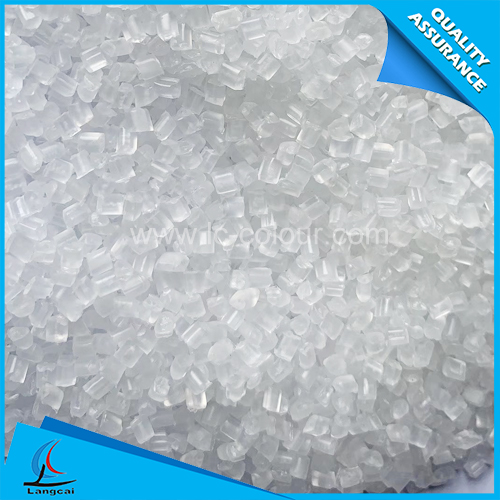- Nonwoven Fabrics
- Tailor Made Masterbatch
- Plastic Masterbatch
- Chemical Fiber Masterbatch
- Functional Masterbatch
- Machinery
- Spunbond PP Nonwoven Masterbatch
- Mono Color Masterbatch
- Liquid Color Masterbatch
- Non-woven Masterbatch
- Polyester Fiber Masterbatch
- Nylon Fiber Masterbatch
- Polypropylene Fiber Masterbatch
- Lab Nonwoven Machine
- Lab BCF Machine
- Dryer
- Filler Masterbatch
- How can the refined cotton industry navigate through the trade fog between China and Japan
- Why choose Mono Color Masterbatches? Three major advantages highlight value!
- The "Symbiotic code" between domestic and overseas markets
- The application advantages of Plastic Masterbatches are remarkable!
- How will the "balanced development of imports and exports" be promoted during the "15th Five-Year Plan" period?
- Why choose Mono Color Masterbatches?
- Phone:00836 - +86-535-8484358
- Email:wendy@ytlc-colour.com
- Address:DALAN INDUSTRIAL PARK, ZHANGXING TOWN, ZHAOYUAN CITY, SHANDONG, CHINA
What should be paid attention to when choosing pigments for functional masterbatches?
Masterbatch coloring is the more commonly used plastic coloring method today. The colorant dispersed in the carrier is simply mixed with the natural color masterbatch resin to make plastic products. The coloring material mixes the natural resin and the coloring agent, granulates them into colored plastics, and then uses them in the molding process. Dry powder coloring: The powdery colorant is evenly mixed with the natural resin and used directly in the manufacture of plastic products.
Pigment selection for functional masterbatches
The performance of different functional color masterbatches is different when selecting pigments. The following describes how to select pigments for functional masterbatches:
The pigments used in the heat-resistant functional masterbatch are basically required to withstand the temperature during the production of polypropylene fibers and maintain their performance stability. The temperature-resistant temperature is generally required to be above 270 ~ 280 ° C.
The pigment for dispersive function masterbatch should have good dispersibility, and it should be uniformly dispersed in the color masterbatch, and the dispersant used will not degrade the quality of polypropylene fiber. Otherwise, it can not produce high-quality raw liquid colored fiber, and the operation is unstable It is easy to break or produce abnormal fibers when drawing fibers.
There are many uses for the coloring of the bright polypropylene stock solution. Among them, it is used for bed cover base fabrics and knitted fabrics, and requires bright hue. Because organic pigments are bright and vivid, and easy to color, organic pigments are used for the above purposes.
Light resistanceSome pigments have photosensitivity under the action of light, which causes the colored fibers to fade and become brittle, and the light resistance of pigments is basically related to their chemical structure. When you need to use pigments, you can consider adding UV absorber.
- Why choose Mono Color Masterbatches? Three major advantages highlight value!
- How can the refined cotton industry navigate through the trade fog between China and Japan
- The application advantages of Plastic Masterbatches are remarkable!
- The "Symbiotic code" between domestic and overseas markets
- Why choose Mono Color Masterbatches?
- How will the "balanced development of imports and exports" be promoted during the "15th Fi
- What are the prominent advantages of Plastic Masterbatches?
- The opening ceremony of the 9th China Textile Intangible Cultural Heritage Conference was
- Explore the performance optimization and efficient coloring of Mono Color Masterbatches!
- What pressure does the United States' promotion of US-India trade cooperation bring to Chi


